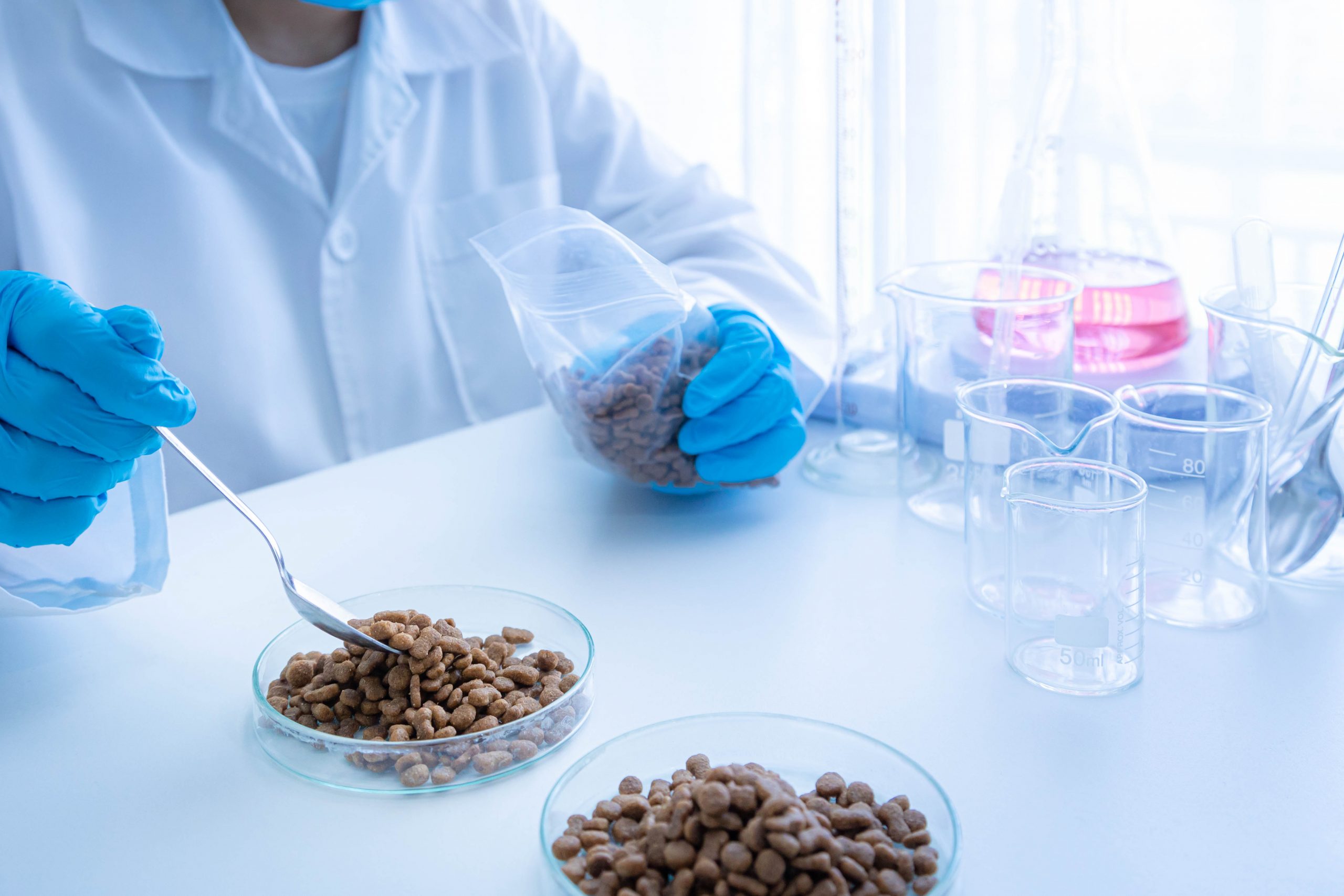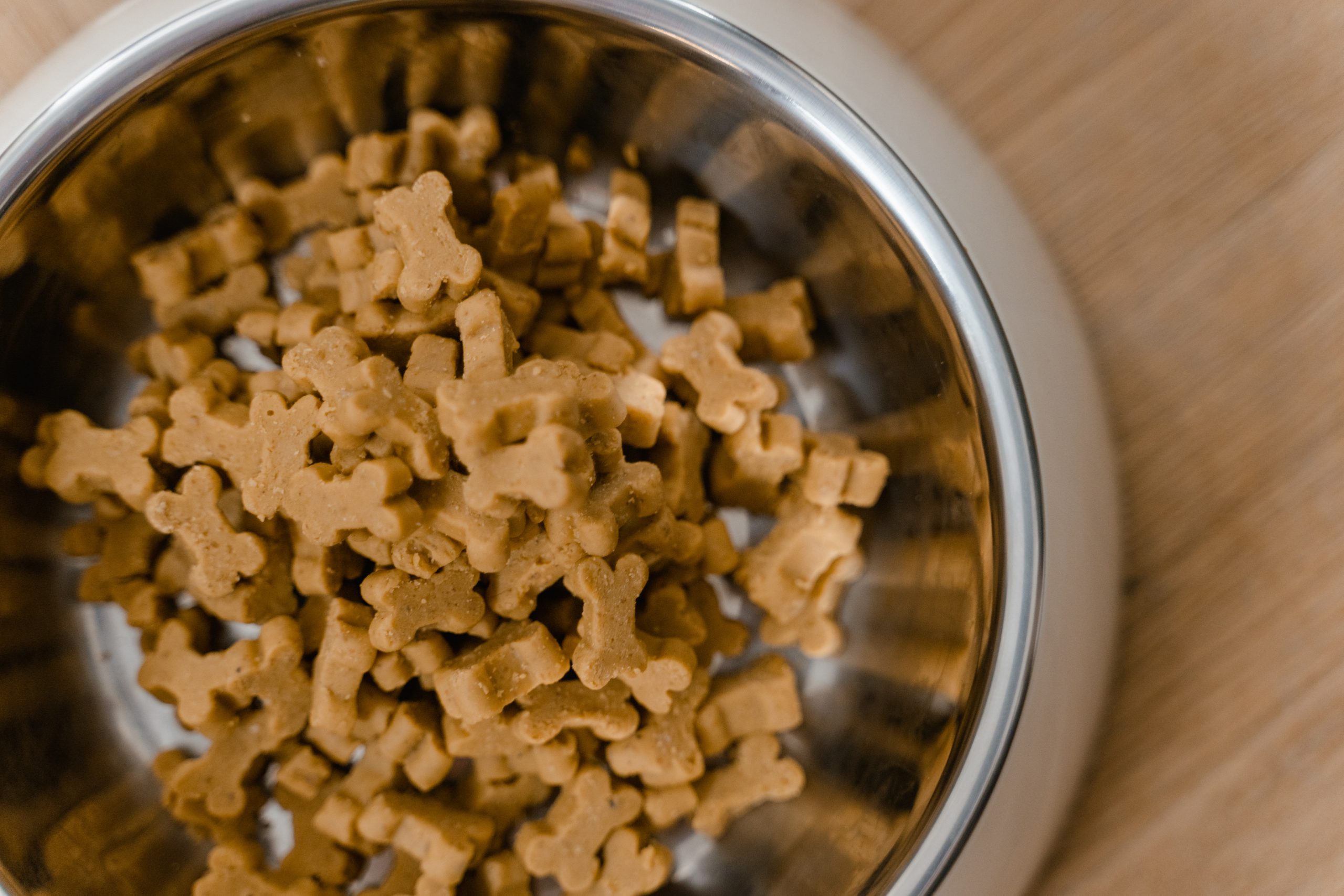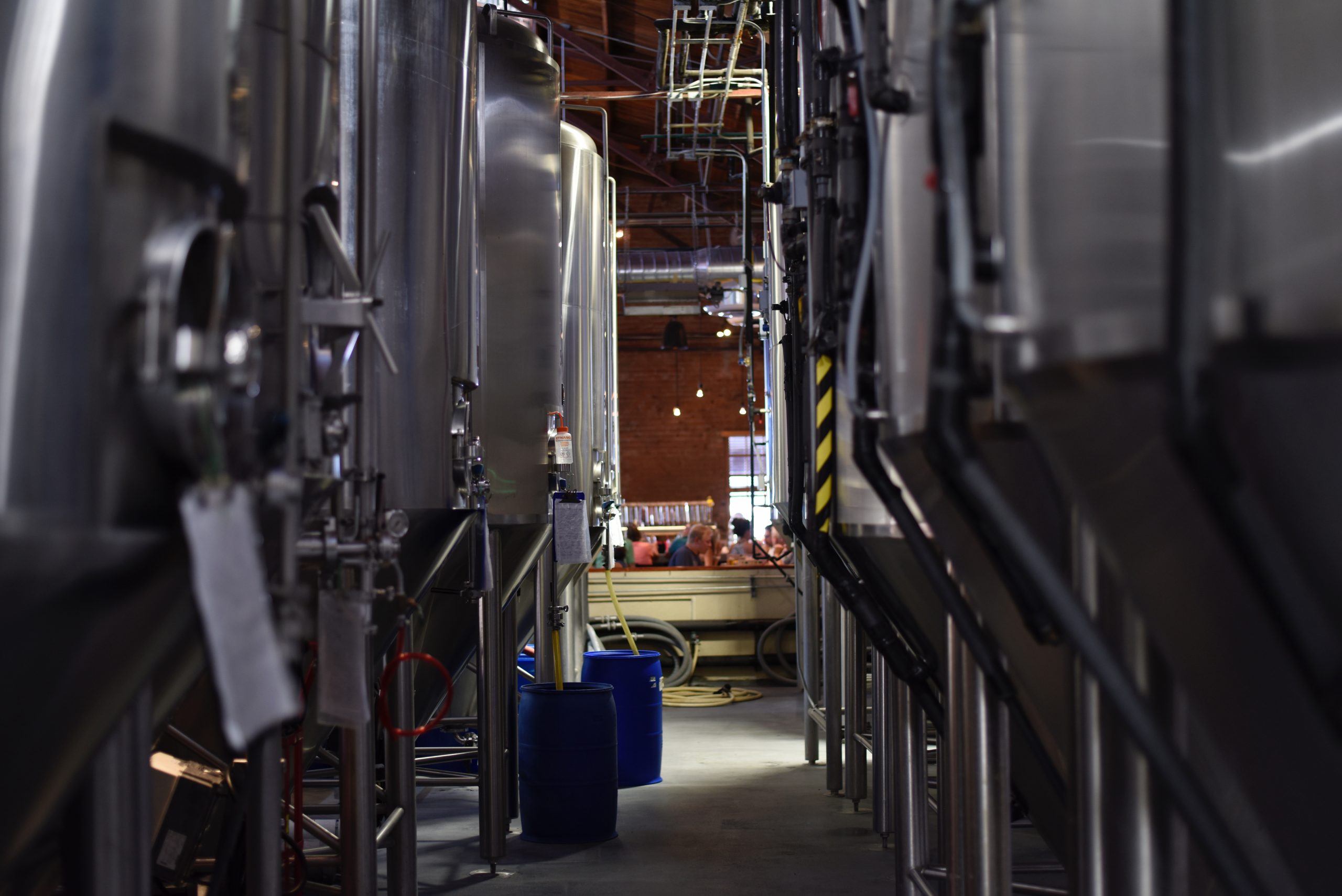Pet Food
Pet food factory consultant
Setting up a pet food production line is similar to a human food production line. However, as you might expect, there are some differences.
Industries we can help with
Food And Drink
Food processing plant design consultants can help you improve your plant’s energy efficiency, increase your rate of production, reduce lead times, and achieve 100 percent food safety compliance. However, they are also essential when you want to expand your operations.
Pharmaceutical
Pharmaceutical engineering and plant design consultants help you expand pharmaceutical production lines in factories more efficiently and effectively. Their work includes regulatory compliance, validation, and implementing logistics services for maintenance and systems management. Most consultants assist firms from the initial concept stage onwards, guiding them through every step of the plan.
Petrochemical
Using an outside consultant for your petrochemical engineering projects can help you to maintain safety, efficiency and productivity like never before, all while minimising your spend and controlling your budget for your petrochemical plant construction.

What is needed to produce pet food?
Pet food is any food designed for ingestion by animals. It comes in various forms, including biscuits, kibble, and meat, and is available in bags, tins, and pouches.
In the UK, pet food is a highly regulated industry. Commercial and small-scale manufacturers must abide by certain standards. For instance, pet food must:
- Be produced in a hygienic environment
- Be safe for consumption
- Not be harmful to either human or animal health
- Must be fully traceable
Manufacturers must consider both safety and hygiene at every stage of the pet food production process. Regulation (EC) No 183/2005, for instance, sets out hygiene requirements for personnel, facilities and equipment, storage and transport, and production. Similarly, regulation (EC) No 767/2009 sets out labelling and marketing requirements, they must follow.

Why producing pet food is different from producing human food
Producing pet food requires following slightly different legislation from animal food. For instance, producers must follow Regulation (EC) No 183/2005 setting out requirements for feed hygiene. They must also follow Regulation (EC) 1831/2003 on the additives approved for use in animal nutrition. Other regulations, such as Regulation (EC) No 1069/2009 may also come into play if manufacturers want to use animal by-products or foods not intended for human consumption.

Types of pet food manufacturing
Pet food manufacturing comes in many different forms:
- Wet and canned food: Canned food manufacturing used to take up the lion’s share of the pet food industry. However, in recent years, owners have been switching over to pouches and dry food
- Raw and fresh pet food: Due to owners’ health concerns, many are switching their pets over to raw and fresh food, believing they are better for their animals
- Dry pet food: Economical and easy to store, dry pet food is a staple for most dogs and some cats. Manufacturers often add vitamins and minerals to kibble to make it more nutritious on the dry pet food production line
Manufacturers apply the same safety standards to pet food manufacturing as they do with human food manufacturing, reducing the risk of salmonella and other infections that could harm animals. They also add value to product packaging by giving it certain characteristics, such as making a characteristic popping sound when opened.

Types of pet food equipment available
Multiple types of pet food equipment are available. These include:
- Meat-bone separators, allowing manufacturers to maximise yields from each carcass
- Emulsifiers, for adding fats to products
- Pumps
- Single worm grinders
- Double worm grinders
- Mixers
- Whole pallet crushers
Pet food equipment is often interoperable with other equipment in the production line. Many devices are customisable and configurable for your requirements. Some can be installed rapidly and many come with fail-safes that minimise the risk of human error.
Services we can help with
 Mechanical and Electrical Services
Mechanical and Electrical Services
 Lift and Shifts Works
Lift and Shifts Works
 Construction
Construction


